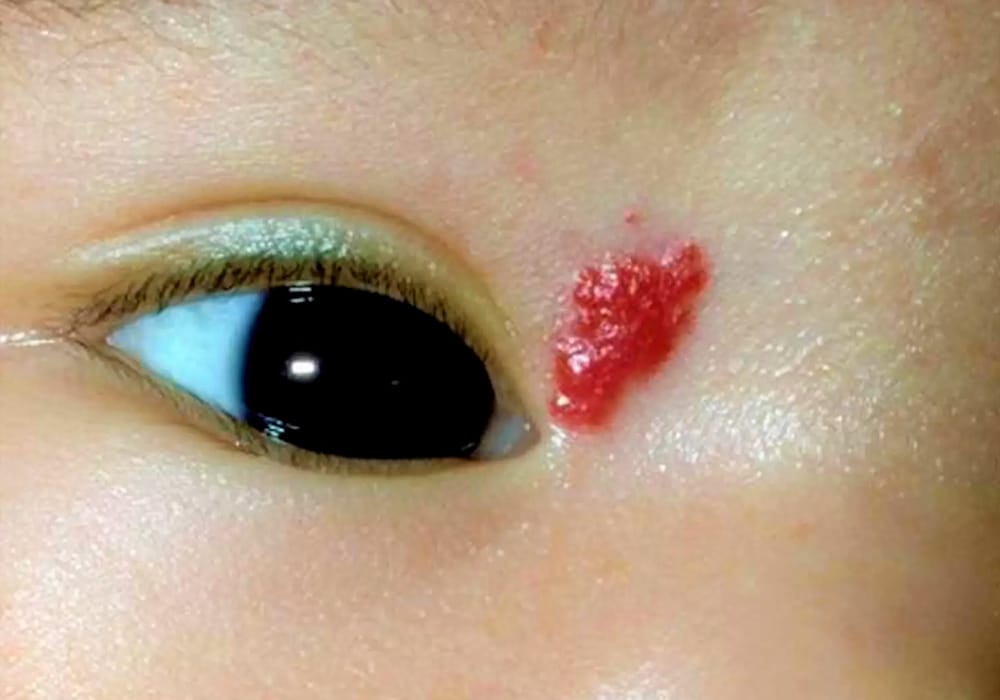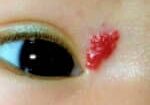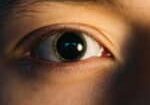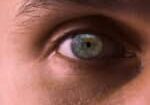Treatment of Pediatric Ocular Hemangioma

همانژیوم چشم یک تومور غیر سرطانی (خوش خیم) است که در اثر رشد غیر طبیعی عروق خونی ایجاد شده و بیشتر در چشم کودکان بروز می کند.
Ocular hemangiomas are benign vascular tumors that can affect the structures around or within the eye in children. Although these lesions are generally non-cancerous, their location and size may interfere with normal vision development and eye function, making early diagnosis and appropriate treatment essential.
Common Types of Ocular Hemangiomas in Children
- Capillary Hemangioma (Infantile Hemangioma)
The most common type, typically appearing within the first few weeks of life. They often involve the eyelids, orbit (eye socket), or conjunctiva. - Cavernous Hemangioma
Less common in infants and usually deeper in location, affecting orbital tissues.
Treatment Options for Pediatric Ocular Hemangioma
The management strategy depends on the size, location, growth rate, and whether the hemangioma is causing functional or cosmetic issues.
1. Observation (Watchful Waiting)
- Small, superficial hemangiomas that are not affecting vision or eye movements may be monitored closely without immediate intervention, as many regress spontaneously over time.
2. Medical Therapy
- Beta-Blockers (e.g., Oral Propranolol or Topical Timolol):
The first-line treatment for infantile hemangiomas. Propranolol is usually very effective in reducing the size and color of the lesion with minimal side effects. - Corticosteroids:
In cases where beta-blockers are contraindicated or ineffective, intralesional or systemic corticosteroids may be used to control growth.
3. Laser Therapy
- Laser treatment (e.g., pulsed dye laser) may be considered for superficial hemangiomas, especially if there is ulceration, bleeding, or risk of amblyopia (lazy eye).
4. Surgical Intervention
- Surgical removal is rarely the first choice but may be indicated for large, deep, or rapidly growing hemangiomas that threaten vision or do not respond to medical therapy.
5. Management of Amblyopia
- If the hemangioma causes ptosis (drooping eyelid) or astigmatism leading to visual deprivation, treatment of amblyopia (patching therapy or corrective lenses) must be initiated alongside tumor management.
Key Points to Remember
- Early referral to a pediatric ophthalmologist is critical if an ocular hemangioma is suspected.
- Regular monitoring is important to detect any changes that may impact vision.
- Modern therapies, particularly beta-blockers, have revolutionized the management of these tumors, making treatment safer and more effective than in the past.
Conclusion
While many pediatric ocular hemangiomas resolve spontaneously, timely diagnosis and treatment are vital in preventing permanent visual impairment. A multidisciplinary approach involving pediatricians, ophthalmologists, and sometimes dermatologists ensures the best outcomes for affected children.






